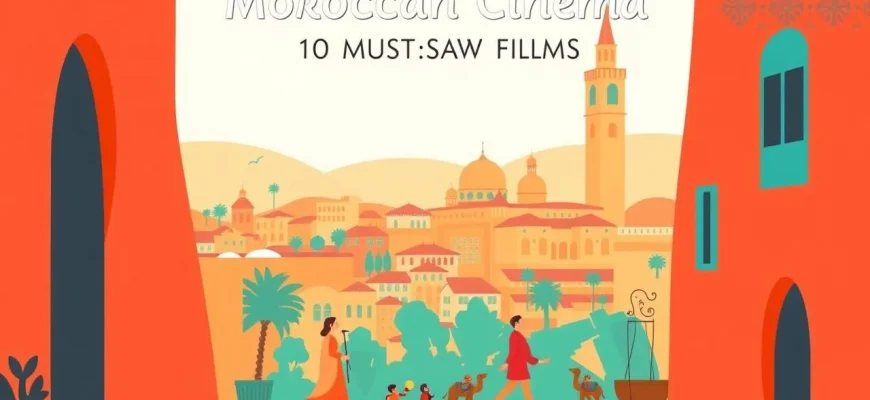Morocco, with its rich history, diverse landscapes, and vibrant culture, has been a captivating setting for numerous films. This curated list of 10 films not only showcases the beauty and complexity of Morocco but also provides a cinematic journey through its traditions, stories, and the lives of its people. Whether you're interested in historical epics, modern dramas, or cultural explorations, these films offer a window into the soul of Morocco, making them a must-watch for any film enthusiast looking to expand their horizons.
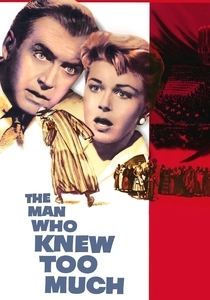
The Man Who Knew Too Much (1956)
Description: Alfred Hitchcock's thriller includes a memorable sequence set in Marrakesh, where a kidnapping takes place during a traditional Moroccan festival. The film uses Morocco's exoticism to heighten the suspense.
Fact: The famous "Storm Cloud Cantata" scene was filmed at the Royal Albert Hall, but the Moroccan setting adds a unique flavor to the plot.
 Watch Now
Watch Now 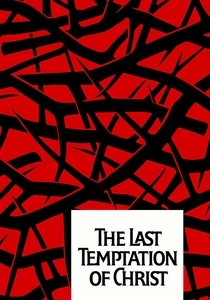
The Last Temptation of Christ (1988)
Description: Although set in biblical times, the film was shot in Morocco, using its ancient cities and deserts to portray the life of Jesus Christ. The Moroccan setting adds authenticity to the historical narrative.
Fact: The film stirred controversy for its depiction of Jesus, but the Moroccan locations provided a visually stunning backdrop.
 Watch Now
Watch Now 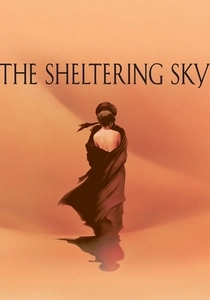
The Sheltering Sky (1990)
Description: This film, based on Paul Bowles' novel, follows an American couple's journey through the Moroccan desert, exploring themes of alienation and self-discovery. The vast Moroccan landscapes serve as a backdrop to their existential crisis.
Fact: The film was shot on location in Morocco, capturing the raw beauty of the Sahara. Debra Winger and John Malkovich give compelling performances as the troubled couple.
 Watch Now
Watch Now 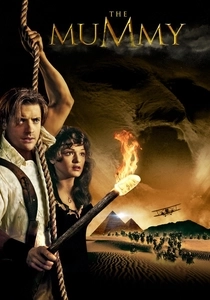
The Mummy (1999)
Description: While not exclusively about Morocco, the film features scenes set in the fictional city of Hamunaptra, which was filmed in Morocco's desert regions, adding to the film's exotic adventure feel.
Fact: The film's set design was inspired by Moroccan architecture, and some scenes were shot in the Moroccan desert.
 Watch Now
Watch Now 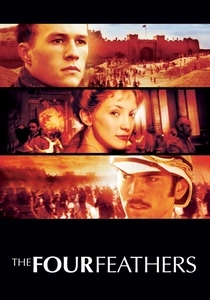
The Four Feathers (2002)
Description: This adaptation of A.E.W. Mason's novel includes scenes set in Morocco, where the protagonist undergoes a transformation in the desert, reflecting the harsh beauty of the Moroccan landscape.
Fact: The film was shot in various locations, including Morocco, to capture the vastness of the desert.
 Watch Now
Watch Now 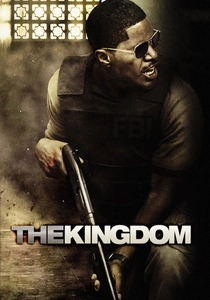
The Kingdom (2007)
Description: Although set in Saudi Arabia, the film was shot in Morocco due to its similar landscapes. It explores themes of terrorism and international relations, with Morocco providing a realistic setting.
Fact: The film was not allowed to be shot in Saudi Arabia, leading to the use of Moroccan locations.
 Watch Now
Watch Now 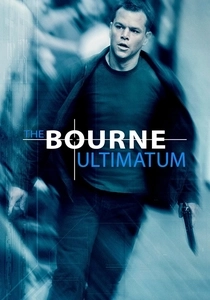
The Bourne Ultimatum (2007)
Description: While the plot spans multiple countries, Morocco serves as a key location for some of the film's most intense action sequences, showcasing the country's bustling cities and rugged terrains.
Fact: The film's Moroccan scenes were shot in Tangier, adding an authentic touch to the global chase.
 Watch Now
Watch Now 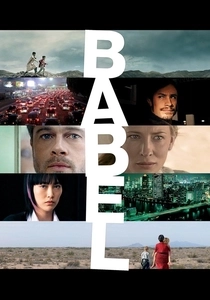
Babel (2006)
Description: Part of the story unfolds in Morocco, where a tragic accident involving a tourist couple and a local family leads to a series of interconnected events across the globe. The film uses Morocco's setting to explore themes of communication and misunderstanding.
Fact: The film was shot in four different countries, including Morocco, and features a multilingual cast. It won the Golden Globe for Best Motion Picture - Drama.
 Watch Now
Watch Now 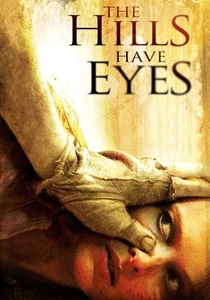
The Hills Have Eyes (2006)
Description: This horror remake was filmed in Morocco, using its desert landscapes to create an eerie, isolated setting for the film's terrifying events.
Fact: The film's setting in Morocco adds an extra layer of isolation and desolation to the horror.
 Watch Now
Watch Now 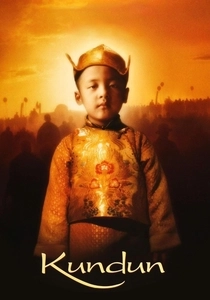
Kundun (1997)
Description: While primarily about the Dalai Lama, the film includes scenes set in Morocco, where the Dalai Lama's escape route from Tibet to India was recreated. Morocco's landscapes stand in for the Himalayas.
Fact: Martin Scorsese directed this film, and it was shot in Morocco due to the country's similar landscapes to Tibet.
 30 Days Free
30 Days Free 
